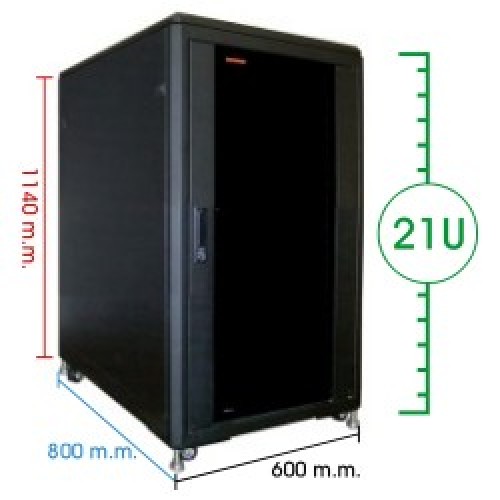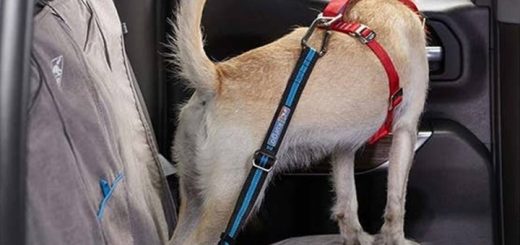How Cable Locators Work
Aussies love to renovate. Whether it’s ripping out the old kitchen, or reconfiguring a dated bathroom, we all want something that’s more pleasing to the eye, and with the functional benefits that go with it. Exterior additions, like landscaped gardens, patios, and pools are also high on any homeowner’s agenda. But before attempting serious work outdoors, and where excavation is necessary, you’ll want to know the precise location of all the cables and piping running through the property.
This is to ensure that there are no nasty surprises, like rupturing utility lines. Excavation work needs to be thoroughly thought out, with a detailed understanding of where everything is even before any work begins. You’ll want to avoid potential hazards, or any expensive repair work if worse comes to worst. And still be on good terms with neighbours if there’s a disruption to main water, power, or communications lines.
What are Cable Locators
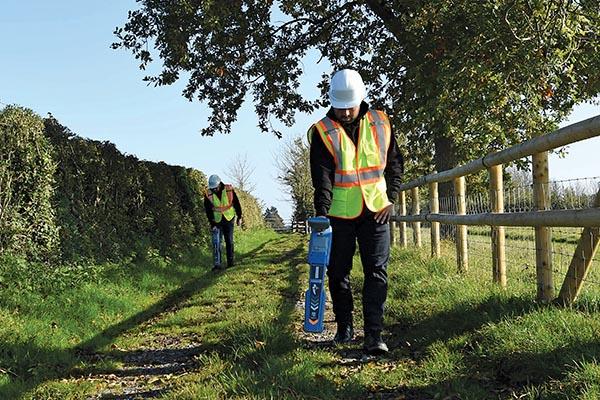
To avoid such inconvenience (to put it mildly), special instruments can help detect anything that lies underground. Cable and pipe locators can be rented out or bought by homeowners eager to get renovations done, or are used by professionals representing the owners of the utility lines. Scanning the property generally takes a few hours, and homeowners will have a better picture of all that’s buried under their homes. Using dedicated cable locators will reveal the exact location and depth of lines in use, as well as any broken lines. Locators will also detect piping to and from the property and any instances of damage.
How do Locators Work?
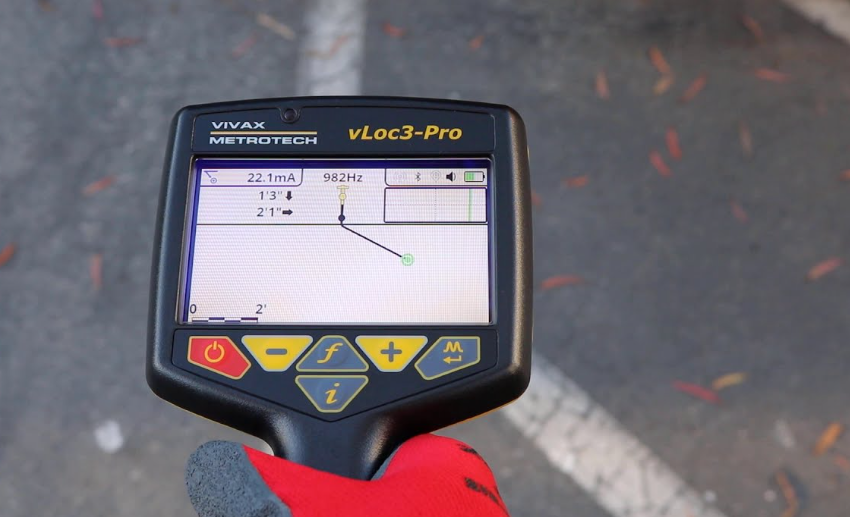
Cable locators use electromagnetic detection, much like metal detectors, to pinpoint the precise location, depth, and direction of buried lines. For lines that are operational like main power lines, the process relies on the signals and magnetic fields generated by the AC current operating at a specific frequency. For broken or faulty lines, the procedure (and required equipment) is a bit more complex, since these cannot generate signals on their own. These lines need to be energised with the help of a transmitter. Besides cables, cable locators can also detect metallic sewer and drainage pipes and fittings.
Active vs Passive Location
Passive Location
Passive location only requires a receiver to pick up the signals from powered utility lines. These cable locators are smaller and simpler in design and can precisely locate all types of working lines. The downside here is that even some operational lines that are not in use, like those feeding current to streetlights at night, won’t be shown on screens and displays. In addition, lines that emit weaker signals will be harder to locate.
Generally, locating utilities starts with a passive location. The detected lines are mapped to give a general idea of where any excavation work needs to be done with more caution. To get a more precise outlay of all that’s beneath, operators switch to active locations.
Active Cable Location
Active location energises all lines. This is done with a transmitter that generates an electromagnetic field, to discover both operational and defunct utilities, as well as severed or faulty lines. The process can be done in several ways. Direction connection involves connecting the transmitter directly to an exposed part of the cable or pipe, or to a nearby access point, such as a junction box. Here transmitters can use multiple frequencies to determine the depth and direction of the connected cable, as well as the current that runs through it, effectively discriminating between different types of cables. A similar method is using 100mm signal clamps in so-called ‘closed coupled induction’, where direct clamping is difficult or unsafe.
Another active detection method, called induction mode, is used where direct connection is not possible. Here transmitters are placed over the supposed location of the utility, and the signals from the energised lines are picked up by the receiver. To determine the location of non-metallic pipes or utilities with thicker sheathing, sondes are used. These often work with higher frequencies than what is normally used in direct or induction modes, to distinguish between the locates in congested areas.
Features to Look For
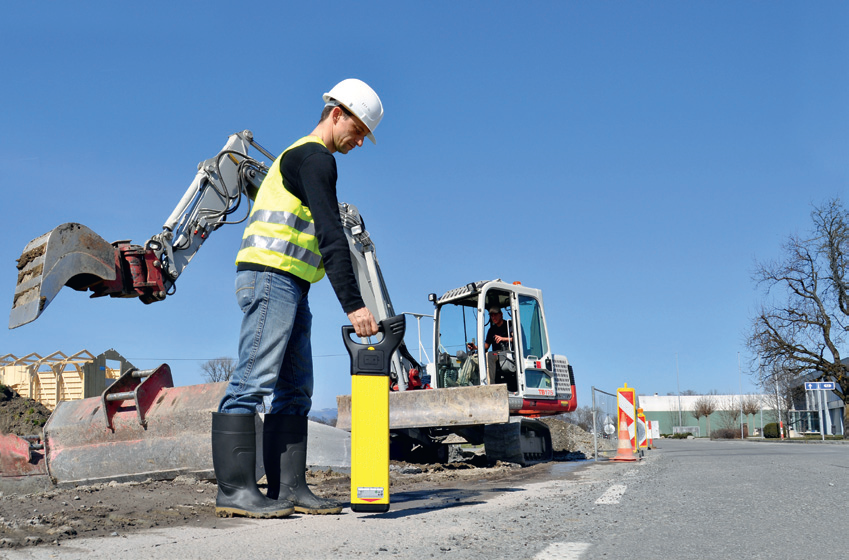
Packaged Transmitters
To be able to locate all utilities, and use the cable locator in an active location, ensure that the receiver is packaged with a transmitter. This may up the price but provides for more accuracy. Operators will also be able to distinguish the types of cables, the precise depth, and their direction.
Multiple Frequencies and Frequency Ranges
Most cable operators today rely on multiple and adjustable frequencies. Besides better precision and quicker locates, this allows the locator to null interference from nearby metallic objects. Higher frequencies will distinguish between a multitude of cables and piping strewn in a single, congested area. As well as those in mineralised soils or cables emitting weaker signals. Lower frequencies help in detecting cables at greater depths, or around 10 metres below the surface. Frequency ranges can be between very low or 50 Hz, to very high and up to 300 kHz.
Graphical Displays and Modes
Clear LCD or TFT displays show what is currently being detected. They also present a slew of information regarding depth, cable current and direction. These appear on-screen when the located object is centred on the screen.
Look for cable locators that also have screen guidance, effectively leading operators to the target located. Also removing guesswork is the option of using different locate modes, like Peak and Null, or the differences in signal strength when a targeted to locate is detected.
Built-in GPS and Connectivity
GPS uses coordinates to accurately map finds. These can be used for future reference. Finds are stored in internal memory and can be accessed at any time. Some locators also have built-in Wi-Fi or Bluetooth to relay results to other devices, likes phones or laptops.
Build and Weight
Both receivers and transmitters need to be built tough to operate in all settings. Look for IP ratings to ensure dust, dirt and liquids won’t impede proper function. Receivers that are lightweight, but with a sturdy build will be easier to handle in longer detection procedures and last under harsher working conditions.
